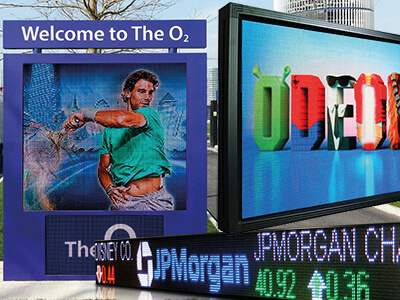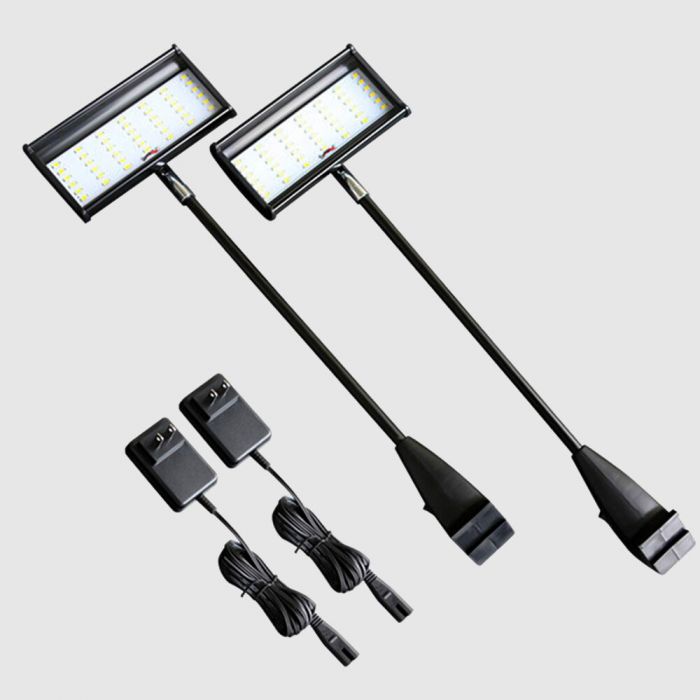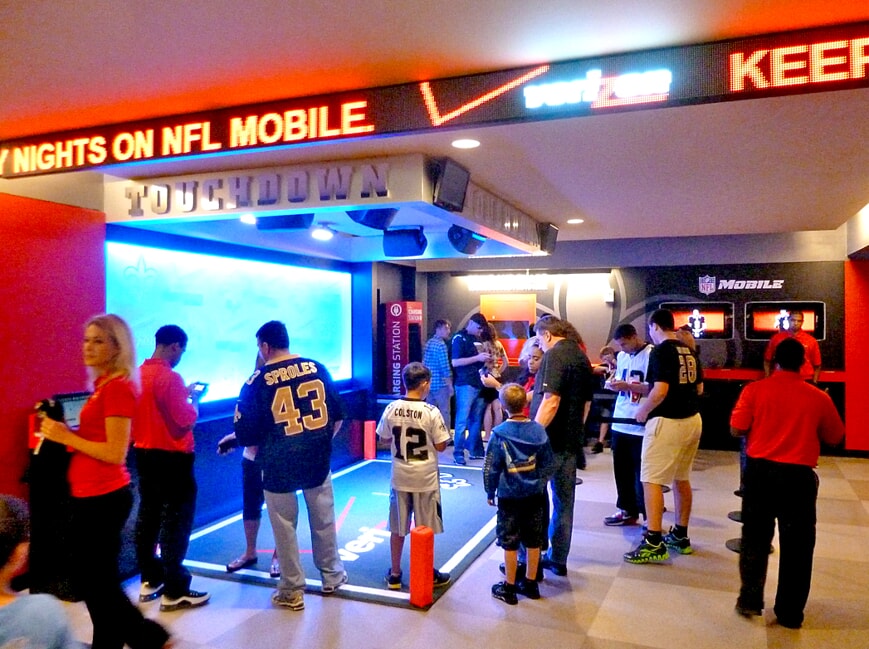New Advice For Picking Smd Screens
New Advice For Picking Smd Screens
Blog Article
What Is The Importance Of Durability And Weather Resistance When Analyzing Led Displays?
Consider the durability and weather-resistance of your LED display especially if you're planning to put it in the outdoors or in areas with high traffic. Here's why LED displays are so crucial:
1. Longevity of the product and cost-effectiveness
Durability - Durable LED displays have been designed to withstand physical stresses like vibrations, impacts, or other mechanical stresses. The display's durability is high, which means it will last longer, which reduces the need for frequent repair or replacement. This results in a better overall cost-efficiency.
Applications: In environments in which the display is subject to physical harm for example, public spaces, sports arenas, or rental markets, durability is essential to ensuring a long-lasting investment.
2. Outdoor Performance
Outdoor LEDs with Weather Resistance Displays are continuously exposed to changing weather conditions such as snow, rain and winds. Displays that are constructed to be weather resistant will perform reliably and remain in good condition under these conditions.
IP Rating IP Rating is a rating that indicates the degree of protection against dust and water. Minimum IP65 rating (protection from dust and water jets) is a must for outdoor displays. It ensures that the display is able to withstand harsh conditions in the weather and not short-circuit or cause corrosion.
The ability to resist weather is crucial for outdoor installations like stadium screens or digital signage. A display that fails due to bad weather can result in costly repairs and even downtime.
3. Temperature Resistant
LED displays are susceptible to extreme temperatures. Both hot and cool they can affect the performance of their display. Displays of high quality are designed to function in a wide range of temperatures. They usually have cooling or heating systems to maintain optimal performance.
Application: In areas that have extreme conditions (hot deserts or cold winters) choosing a display that is not affected by temperature will ensure that it operates consistently throughout the year.
4. Water and Moisture Protector
Waterproofing LED displays The LEDs with waterproofing prevent moisture from getting into the internal components of the display, which can cause short circuits or damage. It is essential to ensure that the LED display can endure environments that have high humidity or heavy rainfall.
Application: For displays that are near the shoreline and in coastal areas or in areas that experience frequent rain, waterproofing is essential to avoid malfunctions and prolong the display's lifespan.
5. UV Protection and Durability of Sunlight
UV Resistance: Prolonged exposure to sunlight can result in discoloration and deterioration of the display material. Displays that are UV-resistant can withstand the harmful effects of ultraviolet radiation, and keep their quality and appearance for a longer period.
Applications: In bright environments or places where the screen is exposed to direct sunlight UV resistance is essential to prevent fading and maintain the quality of the image.
6. Safety and Compliance
Fire Resistance: In order to meet safety regulations certain areas require display displays with fire resistant properties. This is particularly important in indoor settings with large occupancy, such as malls and concert venues.
Application: Making certain that the display is in compliance with safety standards is not just a method to protect your investment, but it also allows you to comply with local laws and avoid legal issues.
7. Maintenance and downtime reduced
Low maintenance : Displays which are weatherproof and durable require less frequent maintenance because they are more likely to be less prone to being damaged by environmental elements. This decreases the amount of time displays are off and also the costs of maintaining them.
Application: In critical applications where downtime can be costly or disruptive, for example in transport hubs or emergency information systems, durability and weather resistance will ensure that the display is operational with little intervention.
Conclusion:
The weather-proofing and durability of LED displays are essential for their durability, reliability and value, particularly when they are used in outdoor high-stress locations. These aspects will safeguard your investment, as they ensure that the display is able to stand up to harsh environments, minimize the need for maintenance and ensure consistent performance. When researching LED displays, prioritizing durability and weather resistance is essential in applications where environmental conditions are a major factor. Have a look at the recommended creative led displays for website examples including outdoor led screen, led screen, wall tv led, screen led display, display screens, board led, tv led wall, led a board, display light led, led screen panels and more.
What Is The Importance Of The Refresh Rate When Researching Led Displays?
What is the importance of the Refresh Rate when you are researching LED Displays What is the refresh rate? It's one of the most important factors to take into consideration especially when investigating LED Displays that will be used with dynamic content, like live broadcasts, interactive apps or even. This is why the refresh rate is important:
1. Image Smoothness and Clarity
The refresh rate can be described as the amount of updates per second (measured either in Hertz or Hz) in which the display updates it's image. A higher refresh rate results in smoother movements and reduced flickering.
Important: A high refresh rate (3,840 Hz or higher) is important for displays that display video content, animations or fast-moving pictures. This will ensure that the motion appears smooth, with no stuttering, or tears. This is essential in applications such as digital signage, stadiums for sports, and concerts where a smooth visual experience improves the viewer's experience.
2. Flickerless Performance
Flicker - Displays with slow refresh rates will produce visible flickering. This is especially true when you view the screen via a camera, or in slow motion footage. Flicker can lead to eyestrain and strain on the eyes, making viewing the display uncomfortable for prolonged periods of time.
Application: When the display is going to be recorded or captured, as with broadcasting studios, or at occasions, a higher refresh rate will minimize flicker, and ensure that the video or image is captured without introducing artifacts.
3. Visual Quality of Different Lighting Conditions
Impact on brightness: A higher refresh rate could also affect the display's performance under varying lighting conditions. In brightly lit areas, for example, a higher refresh rate will help to maintain image quality, stability and avoid any visible flickering that could detract the efficiency of the display.
Applications: This is especially relevant to stage shows, outdoor displays and other settings in which lighting conditions are constantly changing or difficult to control.
4. Content Compatibility
Synchronization: The rate of refresh has to be compatible with the source of content, such as video playback systems, cameras, or live broadcast feeds. The display's refresh rate should be in line with the frame rate of the content to avoid judder and mismatched frames. This can negatively impact the experience of watching.
Application If content is sourced from multiple sources in professional environments such as TV studios and large-scale venues for events making sure that the refresh rates are matched to the frame rates of the content is vital for a smooth playback.
5. Improve Your Viewing Experience
Motion Handling High-resolution refresh rates can reduce blur, while also providing more clear, detailed image. This is beneficial in applications like sports, gaming broadcasting, and other situations which show fast-moving action.
Application Venues that have sports, gaming events or other action-packed content, a high refresh rate will ensure that the audience experiences every detail with clarity.
6. Reduce Eye Strain
Comfort: Low refreshing rates can result in eyestrain during long viewing periods. This is particularly true when the viewer is near to the display or content that has been viewed for an extended period of time.
Application: In retail areas office spaces, public areas or other places in which people are able to view the display for a long duration, a fast rate of refreshment can contribute to making the experience more comfortable and engaging.
7. Application for renting and staging: Performance
Adaptability. For LED displays for rental and staging and rental, they can be utilized in various settings and can display different types of information. A high rate of refresh ensures that the LED display is capable of meeting any event's needs, regardless of whether the event is live shows or presentations for corporate events.
Application: In these settings where the display has to be able to adapt to different types of content and audience needs High refresh rates can be used to ensure reliability and flexibility.
Conclusion:
The speed of refresh is an important aspect that affects the quality of LED displays, their visuals, comfort level, and flexibility. This is important for applications with dynamic content, for live events, and in situations where the display is going to be used for an extended period of time. When researching LED displays, you should look for the highest refresh rate to ensure smooth, flicker-free performance that enhances your viewers experience and meets the demands of the particular application. Follow the recommended led rental screen for more info including outdoor screen led, outdoor led display screen, led screen, translucent led screen, led display transparent, led panel transparent, church video wall, church video wall, led wall tv, led display screen and more.
What's The Purpose Of A Content Management System?
When researching LED displays, compatibility and the Content Management System (CMS), are crucial to take into consideration particularly in cases where the content is required to be updated frequently, managed in multiple locations or integrated into different digital systems. CMS compatibility and management of content are crucial for LED displays.
1. Easy Content Management
CMS Functionality: A robust CMS allows you to easily design, schedule, and manage content across your LED displays. It provides a user-friendly interface for uploading videos, organizing playlists and setting display times, which makes it easy to keep content fresh and relevant.
Importance : For businesses that have to change their content regularly (such as retailers or advertising networks) A powerful CMS can help streamline the process by reducing the time and effort required to manage displays.
2. Remote Control and Flexibility
Remote Management - A good CMS allows for remote management this means that content can be edited from anywhere. This is important, especially for companies with multiple displays scattered across several sites. Centralized control provides uniformity in messaging as well as lets you manage your display from a central location.
Remote management capabilities will be vital in cases such as corporate communications or digital signage networks, where displays are situated in various locations.
3. Automating and scheduling
Content Scheduling: A CMS with scheduling features allows you to prepare content ahead of time to ensure that the appropriate messages are shown at the right timings. It's an excellent method to reach a specific audience within certain times or at events that are special.
Automated delivery of content reduces the need for manual updates, which saves time while ensuring that content is always current. This is useful for environments that have a lot of change, such as airports, hotels, and big venues.
The automation and schedule functions of the CMS can be crucial to businesses that must manage content all the time like big retail chains, news broadcasters, transportation hubs, etc.
4. Compatibility with Existing Systems
Integration: To ensure a smooth functioning, it is essential to ensure compatibility with existing IT infrastructures, media players and software systems. CMSs that are integrated with digital platforms and tools like tools for creating content, analytics tools or CRM systems can add value.
Compatible LED displays are ideal for areas that require digital signage to be integrated into other systems. This includes smart cities, retail environments which integrate customer information, and large corporate networks.
5. Scalability
Future Expansion : A scalable CMS will expand with you, which allows for easy addition of more displays, management of more content libraries or the expansion to new locations, without the need to completely overhaul your entire system.
Application: For businesses planning to expand their business, for example, retail chains, hospitality groups or multinational corporations an scalable CMS will ensure that their digital signage infrastructure will grow with their business.
6. Content Variety, Support and Support
Content Types. The CMS should provide a wide variety of formats for content, including videos, images as well as text and interactive content. This flexibility allows you to produce engaging and diverse content tailored to your viewers.
Applications: The capacity to show multiple types of content is useful in environments that have a lot of diversity, like educational institutions, entertainment venues or advertising networks.
7. Security Control for Access Control to Users and User Access
Role-Based access: A CMS offering role-based controls allows different levels of access to be set for each user. This means only authorized users have access to modify critical content.
Security: Ensuring that the CMS has security features that are strong is vital to safeguard against unauthorized access, which could lead to the display of harmful or indecent content.
The role-based features and access control are essential for institutions such as universities, government agencies, and large corporations that have a lot of users managing content.
8. Real-Time Content Updates
Live Content Integration - The capability to integrate or update content in real-time (such as news social media, news, or coverage of live events) is vital for some applications. This is crucial for events, live broadcasts, or any situation where the need for timely content is crucial.
Application: In settings like sports arenas, live events, and news channels, the real-time updating of content guarantees that the audience is receiving the most current information. It also improves the relevance and impact.
9. Analytics and Reporting
Performance Metrics: A great CMS will have analytics and reporting features that let you monitor the performance of your content. Knowing the level of engagement, content efficiency, and ROI is crucial for optimizing future content and ensuring that the displays have met their goals.
Application: For organizations that rely on data for decisions, such as retailers, advertisers or public information systems (PIS) analytics and reporting are essential to understand and improve the performance of digital signage.
Conclusion:
Successful LED display strategies require a powerful CMS with strong compatibility. They allow efficient content-management as well as seamless integration with current systems, and provide the flexibility and scalability needed for diverse applications. Prioritize a CMS when looking at LED displays. It must be compatible with your operational requirements and support a range of content types, offer robust security and provide the necessary tools for efficient content delivery. These features will not only enhance the performance of LED displays, but enhance the value and ROI on investment. Have a look at the top flexible led panels for website info including transparent led screen, transparent led screen display, led display screen, led display device, church video wall, transparent led screen, display device, led a board, led display, outdoor led display screen and more. 
